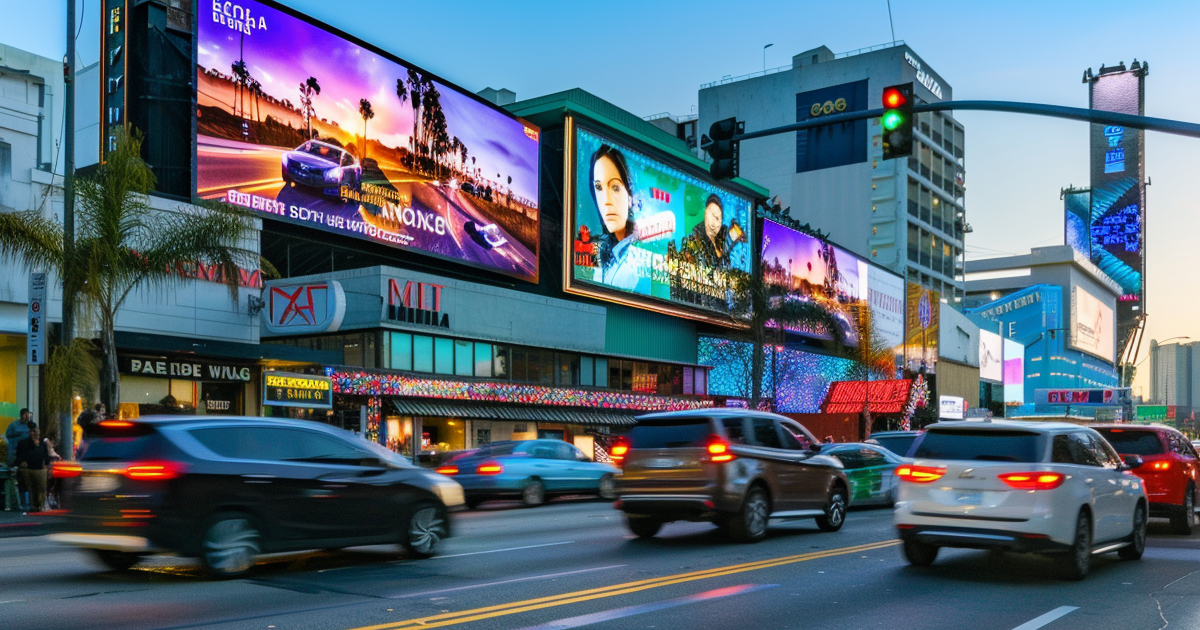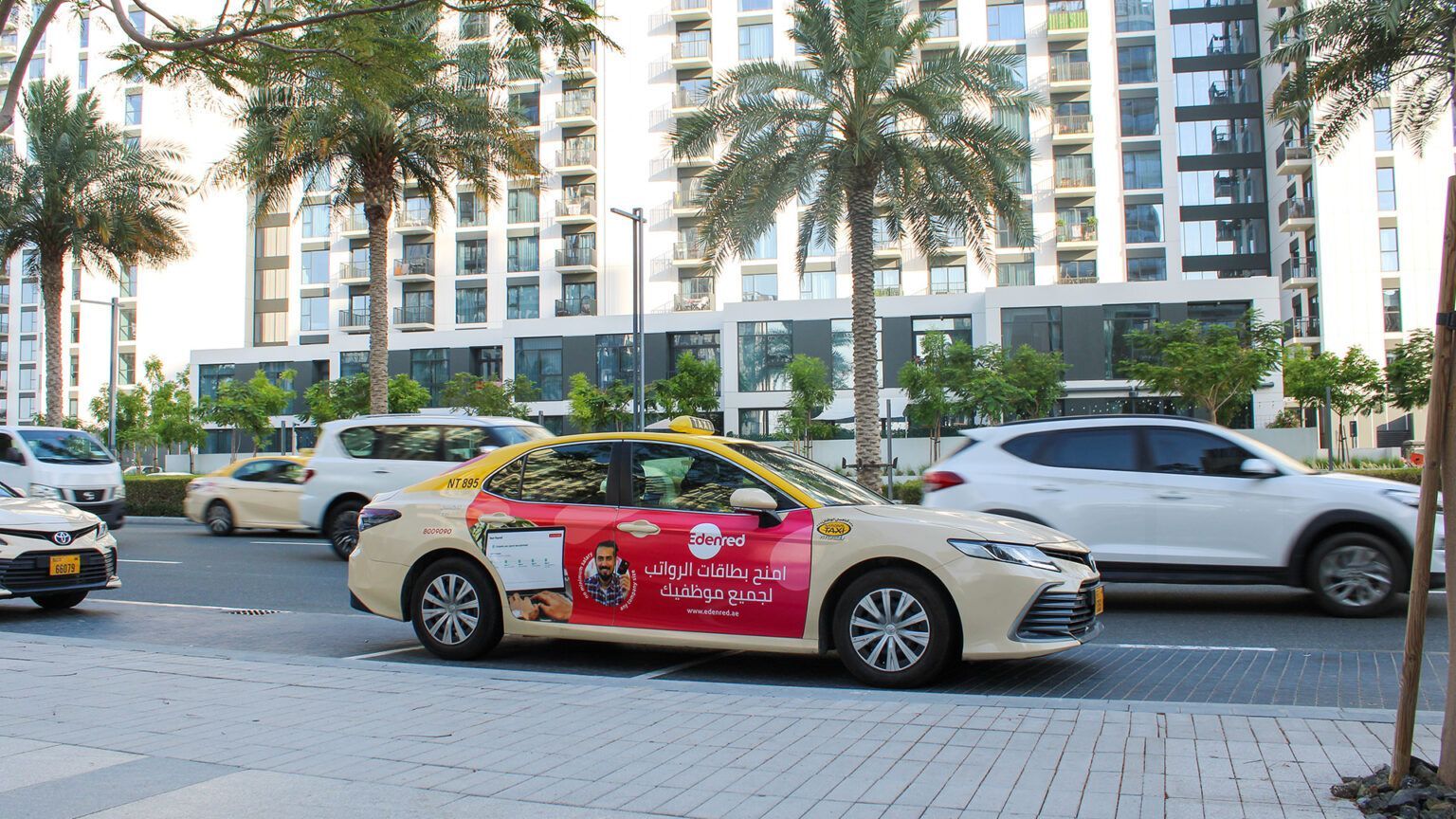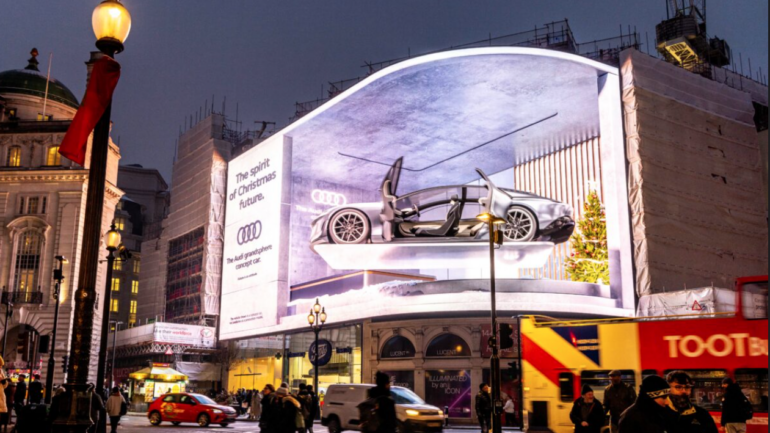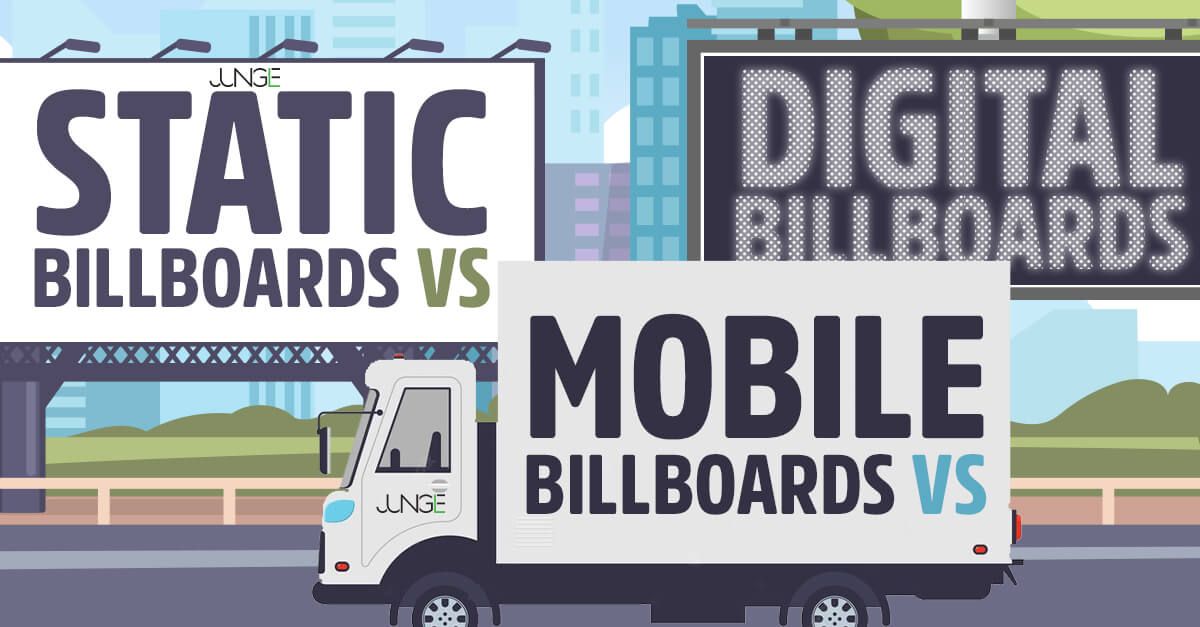Comparing Static, Mobile, and Digital Billboards: Understanding the Differences and Impact
In the ever-evolving advertising landscape, billboards have remained a staple for brands looking to capture consumer attention. However, the advent of technology has expanded the types of billboards available, leading to the rise of static, mobile, and digital billboards. Each of these mediums offers unique benefits and challenges, and understanding these differences is crucial for marketers aiming to maximize their return on investment. In this article, we will compare static, mobile, and digital billboards, exploring their key characteristics, benefits, and the scenarios in which they shine the most.

1. Static Billboards: The Traditional Approach
Overview
Static billboards are the traditional form of out-of-home (OOH) advertising. These large, fixed structures are typically placed in high-traffic areas and display a single advertisement for extended periods.
Key Characteristics
- Permanence: Static billboards offer long-term visibility, making them ideal for campaigns that benefit from sustained exposure.
- Cost-Effectiveness: While the upfront cost can be significant, the long-term cost per impression is relatively low, especially in high-traffic areas.
- Simplicity: With no moving parts or digital components, static billboards are simple to maintain and are less prone to technical issues.
Benefits
- High Reach: Static billboards can reach a broad audience when placed along highways, busy streets, and urban centers, making them ideal for brand awareness campaigns.
- Longevity: Since the message remains constant, it provides prolonged exposure, which can benefit campaigns that need to build brand recognition over time.
Ideal Scenarios
- Branding Campaigns: Static billboards are perfect for campaigns focused on brand building, where consistent messaging over time is crucial.
- Local Businesses: For businesses targeting a local audience, static billboards positioned strategically can drive significant foot traffic.

2. Mobile Billboards: Taking the Message on the Road
Overview
Mobile billboards are advertisements displayed on vehicles, allowing the ad to travel to different locations. These can range from ads on buses and trucks to specialized vehicles designed solely for advertising.
Key Characteristics
- Mobility: The primary advantage of mobile billboards is their ability to move, allowing advertisers to target specific areas at specific times.
- Flexibility: Advertisers can choose routes and timings that align with their target audience, maximizing the impact of their campaign.
- Dynamic Targeting: Mobile billboards can target events, rush hours, and other high-traffic situations where potential customers are more likely to notice the advertisement.
Benefits
- Wider Reach: Unlike static billboards, mobile billboards can cover large geographic areas, making them ideal for campaigns that need to reach a diverse audience.
- Attention-Grabbing: The vehicle's movement can make the advertisement more noticeable, especially in traffic or at crowded events.
- Cost-Effective for Short-Term Campaigns: Mobile billboards can be more cost-effective for short-term campaigns, especially when targeting specific events or locations.
Ideal Scenarios
- Event Marketing: Mobile billboards are highly effective for promoting events, as they can be driven around the event location to attract attendees.
- New Product Launches: For brands launching a new product, mobile billboards can generate buzz by quickly reaching different parts of a city or region.

3. Digital Billboards: The Future of OOH Advertising
Overview
Digital billboards are the most technologically advanced form of billboard advertising. They use LED screens to display dynamic content, allowing multiple advertisements to be shown on a single board.
Key Characteristics
- Dynamic Content: Digital billboards can display videos, animations, and rotating ads, allowing for more engaging and interactive content.
- Real-Time Updates: Advertisers can change the content in real-time, making digital billboards ideal for time-sensitive promotions or announcements.
- Higher Engagement: Digital billboards' dynamic nature can capture attention more effectively than static images, leading to higher engagement rates.
Benefits
- Versatility: Digital billboards can be used for various purposes, from displaying weather updates and public service announcements to advertising products and services.
- Targeted Advertising: With the ability to change content based on time of day, weather, or even the audience's demographics, digital billboards offer unparalleled targeting capabilities.
- Higher Return on Investment: Despite the higher cost, the ability to run multiple ads and make real-time adjustments can lead to a higher ROI compared to static or mobile billboards.
Ideal Scenarios
- Time-Sensitive Campaigns: Digital billboards are perfect for campaigns that require frequent updates, such as promotions with specific deadlines or events.
- High-Impact Advertising: Digital billboards provide the necessary tools for brands looking to make a bold statement or engage with consumers more interactively.
Comparing the Three
When comparing static, mobile, and digital billboards, the specific goals of the advertising campaign must be considered.
- Cost: Static billboards generally have lower ongoing costs, but digital billboards offer higher engagement and flexibility, which might justify the higher price tag. Mobile billboards can be cost-effective for short-term, targeted campaigns.
- Reach: Static billboards offer consistent, long-term exposure, while mobile billboards provide flexibility in targeting. Digital billboards offer a mix of both, with the added benefit of dynamic content.
- Engagement: Digital billboards typically offer the highest engagement due to their dynamic content, followed by mobile billboards, which stand out due to their movement. Static billboards rely on their strategic placement for engagement.

Conclusion
Each type of billboard—static, mobile, and digital—has unique advantages and is suited for different advertising needs. Static billboards are ideal for long-term brand building, mobile billboards excel in targeted, short-term campaigns, and digital billboards offer unmatched versatility and engagement. By understanding these differences, marketers can make more informed decisions, ensuring that their advertising strategy aligns with their campaign goals and maximizes their return on investment.
Ultimately, the choice between static, mobile, and digital billboards should be guided by the specific needs of your campaign, your target audience, and your budget. By leveraging the strengths of each type of billboard, you can create a comprehensive OOH advertising strategy that effectively reaches and engages your audience.
TALK TO A PRO
We're here to bring your brand to life!
Stay Connected with BrandXR
Create Augmented Reality for Free!
Create, Publish, and Measure 3D Augmented Reality Experiences Without Having to Code.














